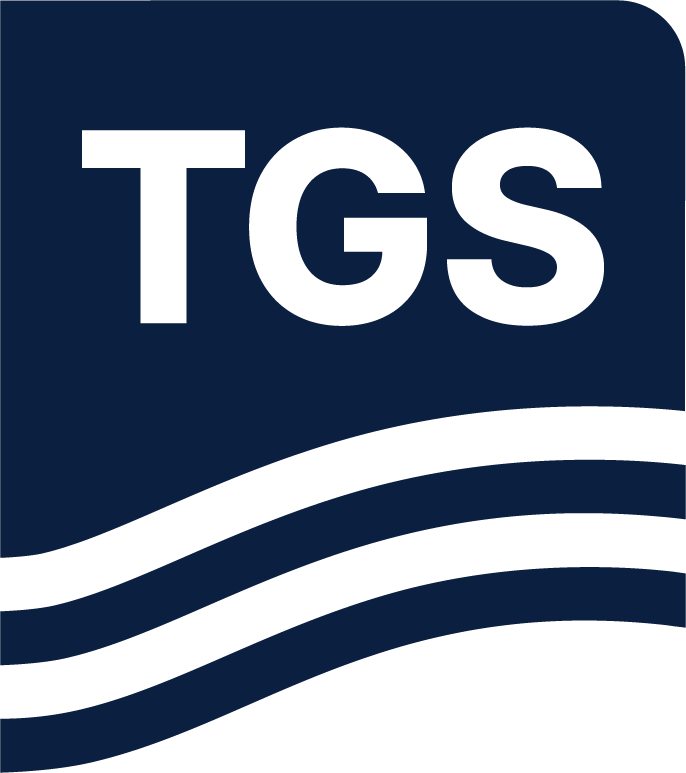GeoStreamer X for Accurate and Efficient Lead Characterization
GeoStreamer X is an integrated acquisition and imaging solution. In the Viking Graben, it delivers high-definition seismic and precise rock properties, and reveals new nearfield opportunities.

The Location
Location
South Viking Graben, Norway
Survey Year
2011 & 2019
Survey Type
GeoStreamer X (three survey directions combined)
Streamer Configuration
Dense multisensor streamers (84 m), long tails (10 km)
Source Configuration
Wide-tow triple-source (225 m spread)
GeoStreamer X is an advanced high-density multi-azimuth solution that is complementary to existing GeoStreamer coverage. It provides high-end nearfield exploration data to resolve the imaging challenges present in the Viking Graben and reveal the remaining potential. Final data from the 2019 GeoStreamer X survey (orange, used in this case study) and the GeoStreamer X 2020 survey (dark blue, north of orange) are available now.

The Challenge
The Challenge
The area is known for high-quality hydrocarbon reservoirs and complex geology. A number of features are visible that either impede subsurface imaging (e.g. shallow channels, rugose chalk) or are challenging targets to image (e.g. sand injectites). Late Jurassic rifting led to the formation of numerous horsts and tilted fault blocks along the margins of the Viking Graben. Reservoir targets range from sand injectites, deep marine clastic fans, shallow marine sands, carbonates, to fractured basement.
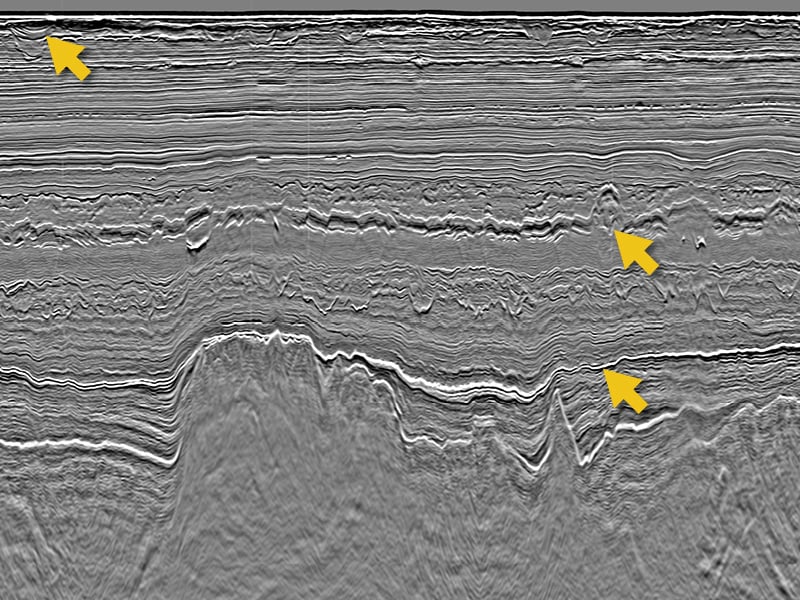

The Solution
Data
GeoStreamer from 2011 and multi-azimuth from 2019
Ultra Efficient
Single vessel, wide-tow sources, dense spreads, long tails
Processing
High-resolution broadband multi-azimuth
Velocity Model Building
TGS FWI using additional long offsets
QI
Azimuthal seismic inversion analysis
GeoStreamer X combines multisensor broadband fidelity with multi-azimuth illumination, wide-tow sources and dense streamer spacing for improved near-offset distribution, and long streamers for accurate velocity model building.
GeoStreamer X | Faster & Smarter than OBS

Exploration teams can get reliable data faster as GeoStreamer X data can be delivered quicker than node data. This comparison illustrates the quality of both datasets. They are in many ways very similar but with clear differences. For example, GeoStreamer X delivers high quality from shallow to deep. With a more accurate velocity model and a tailored multi-azimuth imaging workflow, it delivers a new level of detail. This can be seen in the middle of the image (highlighting injectites and grid sands) and deeper in the stratigraphy.

This relative acoustic impedance is generated from the GeoStreamer X multi-azimuth angle stack and shows significant uplift. Some clear improvements (marked with the white arrows) can be observed at the Heimdal sands level and provide fresh insight. Low impedance (blue/purple) downdip of the main structure (right hand-side) indicates some hydrocarbon potential as well as some hydrocarbon presence at the Zechstein level from the Lille Prinsen well (well show on the left).
Better Illumination with GeoStreamer X Enables Much Improved Fault Definition
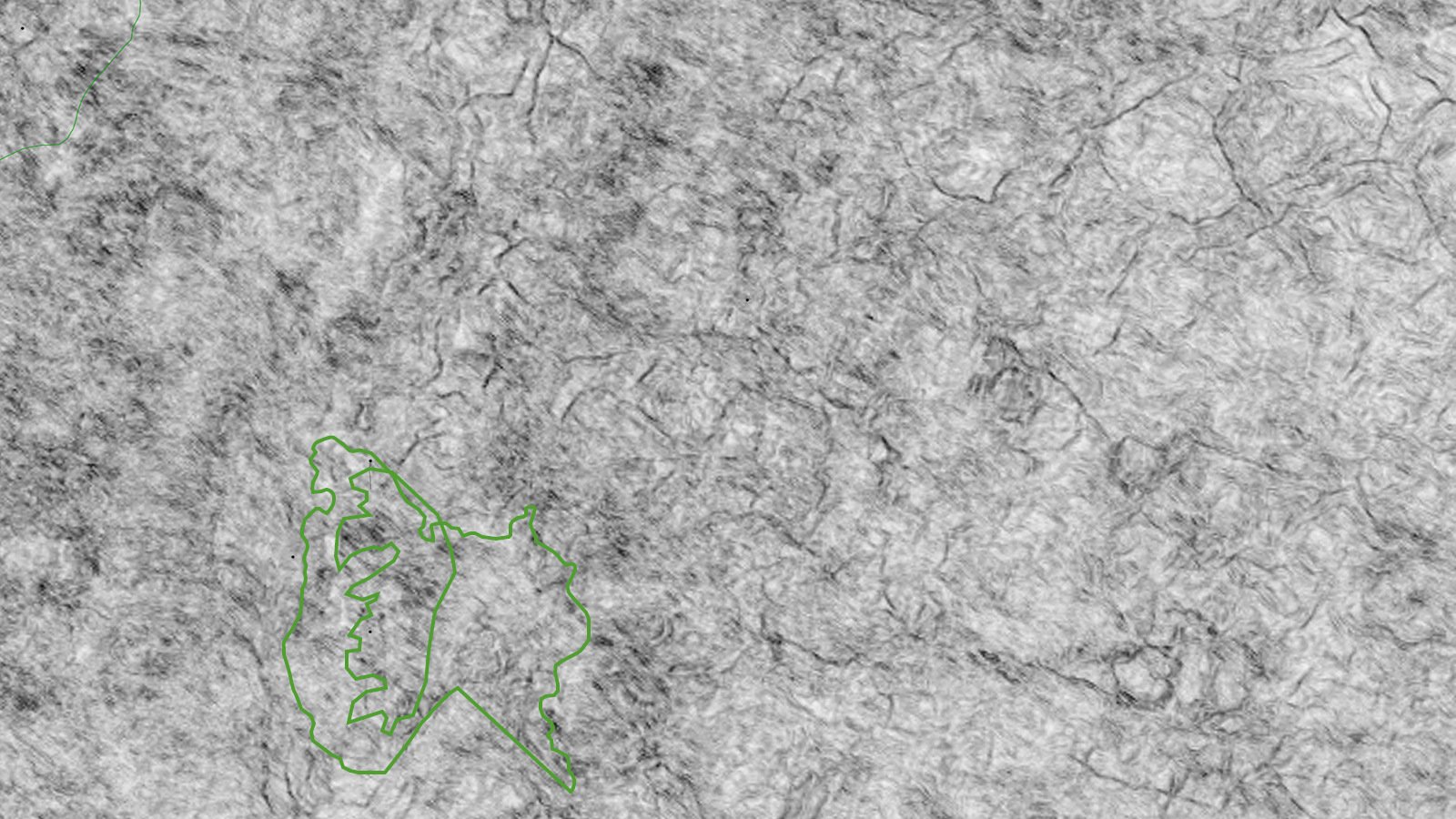
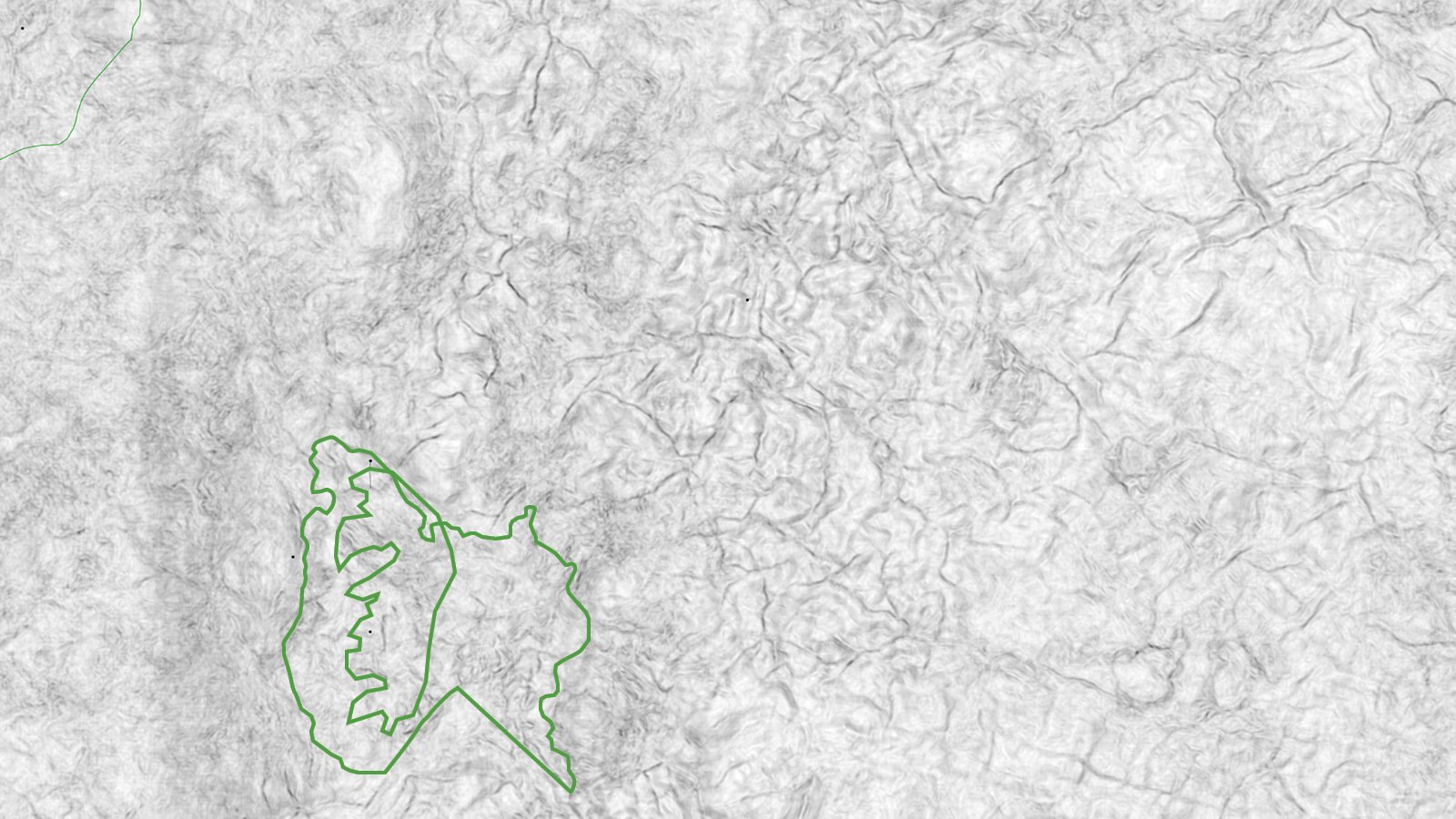
Save Drill Time with Accurate Target Positioning with GeoStreamer X
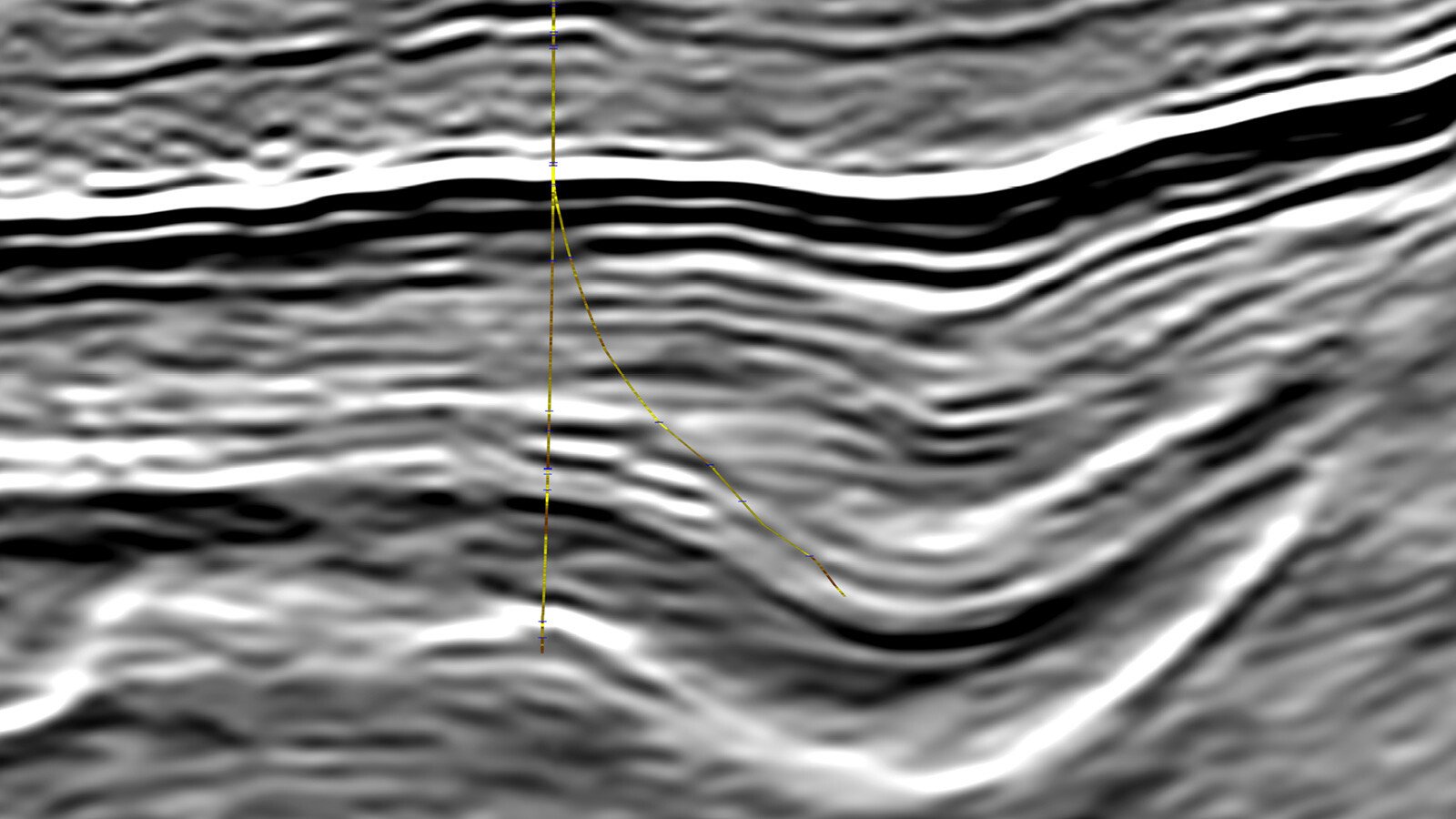
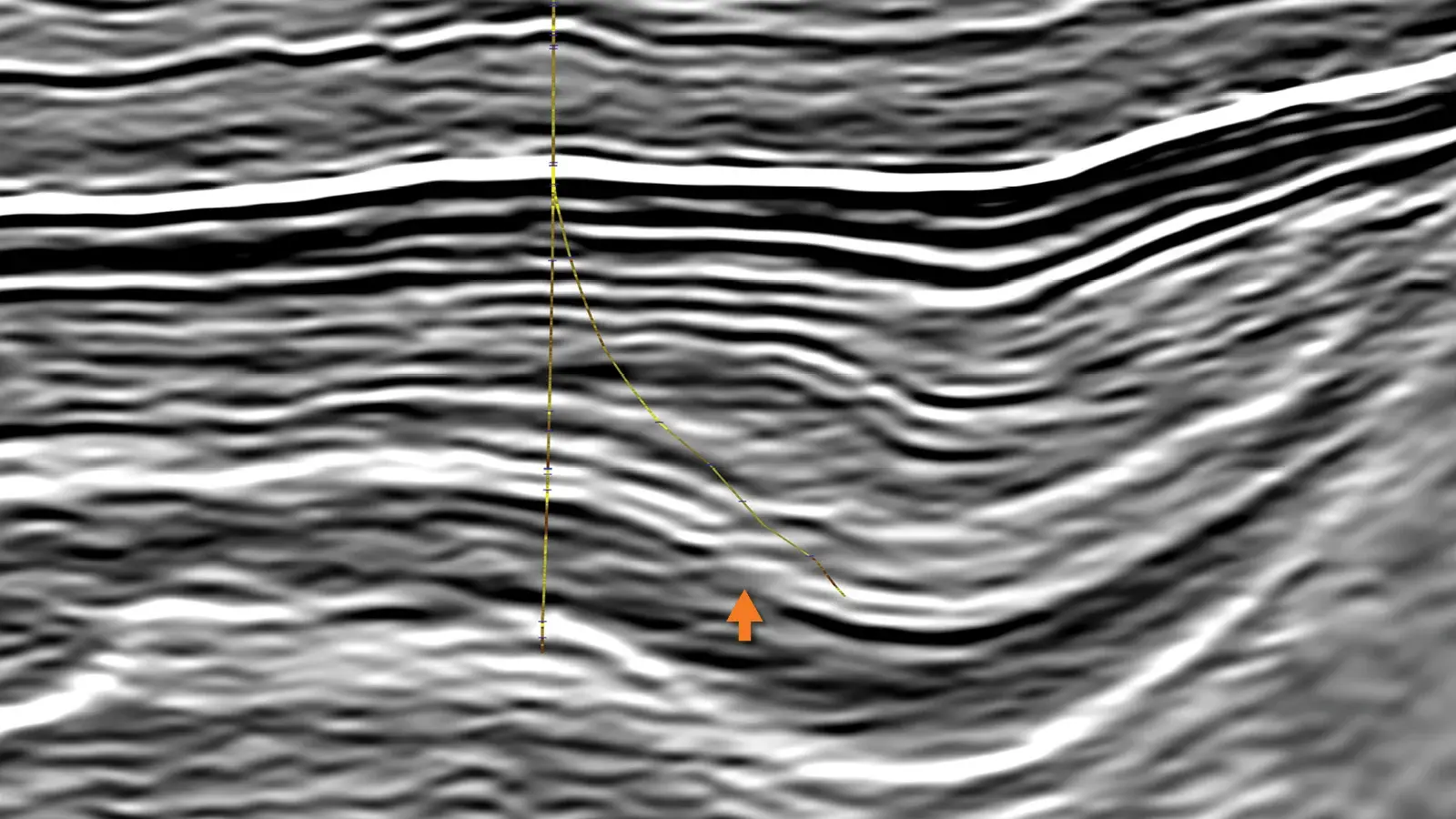

The Results
Seismic Quality Enables Excellent Well-to-Seismic Tie
The seismic quality of the GeoStreamer X multi-azimuth multisensor data enables excellent well-to-seismic tie in all azimuths and associated angle stack directions. For example, over 10 wells, the average cross-correlation is an impressive 80-85% match between the well and the seismic. The AVO class observed at various reservoir levels in the well has been confirmed with this GeoStreamer X dataset.
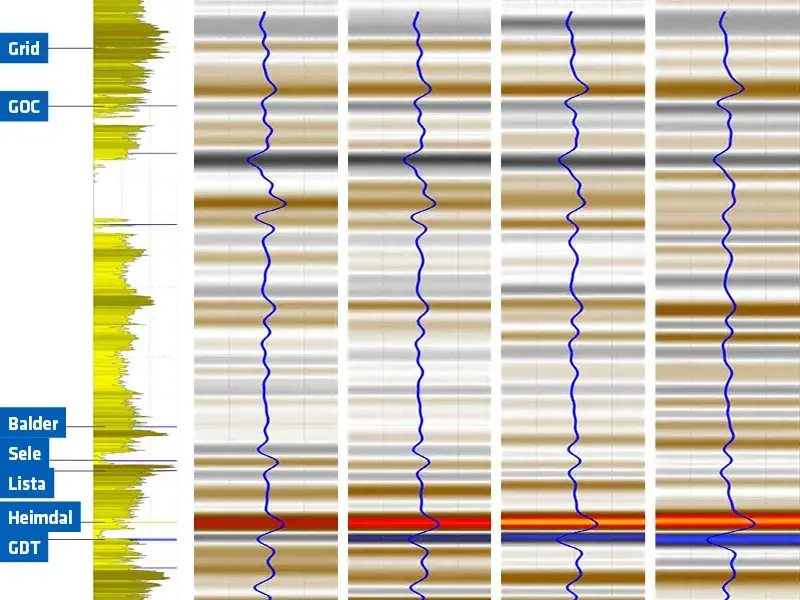
Speak to Our Experts
Get in touch with a TGS representative today to book your demo and learn more about how TGS solutions can support your energy needs.
